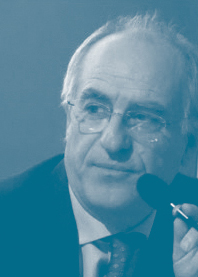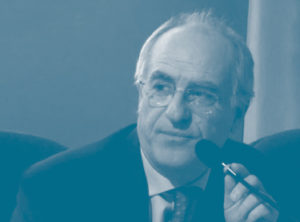Massimo Florio
‐ Professor of Public Economics ‐
Forecasting the socio-economic impact of the Large Hadron Collider…
...A cost–benefit analysis to 2025 and beyond. Massimo Florio, Stefano Forte and Emanuela Sirtori. Technological Forecasting and Social Change, Volume 112, 38-53
“In this paper we develop a cost–benefit analysis of a major research infrastructure, the Large Hadron Collider (LHC), the highest-energy accelerator in the world, currently operating at CERN. We show that the evaluation of benefits can be made quantitative by estimating their welfare effects on different types of agents. Four classes of direct benefits are identified, according to the main social groups involved: (a) scientists; (b) students and young researchers; (c) firms in the procurement chain and other organizations; and (d) the general public, including onsite and website visitors and other media users. These benefits are respectively related to the knowledge output of scientists; human capital formation; technological spillovers; and direct cultural effects for the general public. Welfare effects for taxpayers can also be estimated by the contingent valuation of the willingness to pay for a pure public good for which there is no specific direct use (i.e., as non-use value). Using a Monte Carlo approach, we estimate the conditional probability distribution of costs and benefits for the LHC from 1993 until its planned decommissioning in 2025, assuming a range of values for some critical stochastic variables. We conservatively estimate that there is around a 90% probability that benefits exceed costs, with an expected net present value of about 2.9 billion euro, not considering the unpredictable applications of scientific discovery.”
Click here to read the full article.


